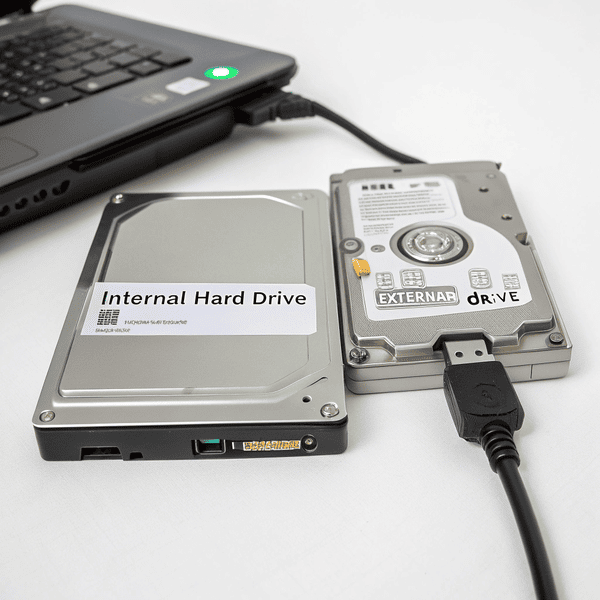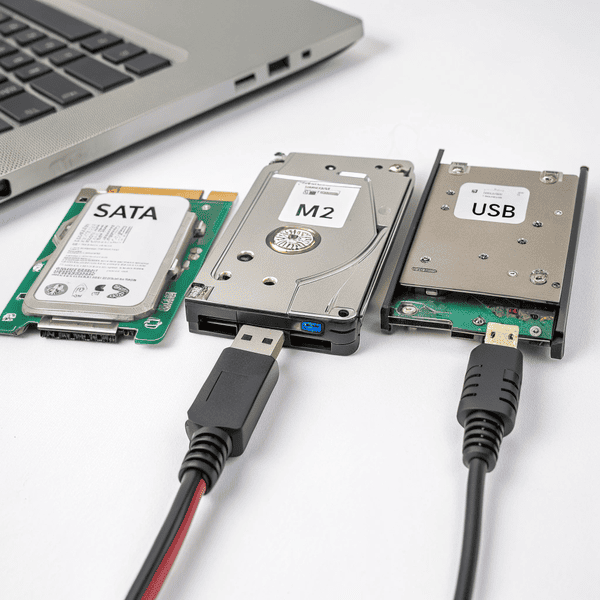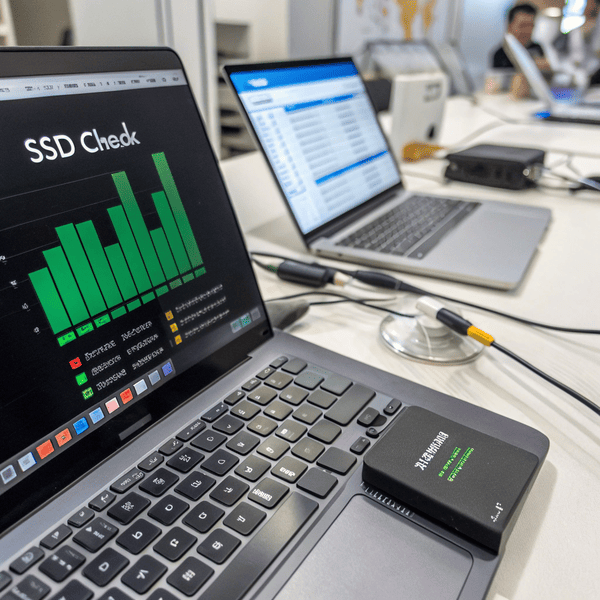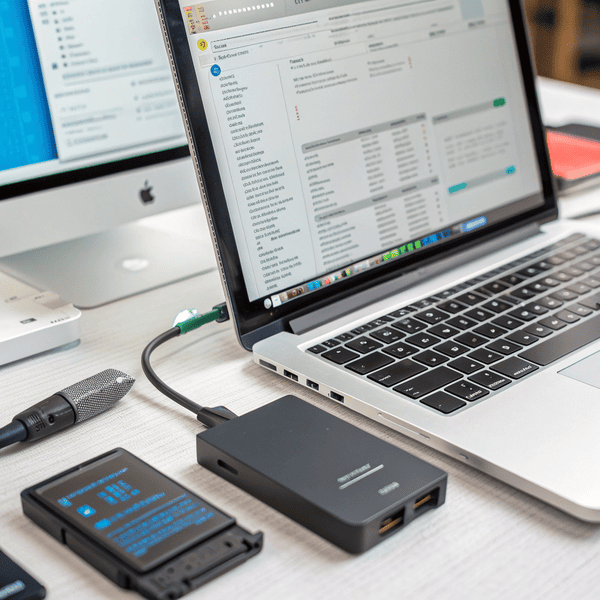When I first started using external drives for my CAD projects, I wondered if they could keep up with my fast When I first started using external drives[^1] for my CAD projects, I wondered if they could keep up with my fast internal SSD. Many designers ask if an external drive will perform as smoothly or reliably as an internal one.
[^1]: Explore this link to understand the performance comparison between external drives and internal SSDs, especially for CAD applications.
. Many designers ask if an external drive will perform as smoothly or reliably as an internal one.
External drives do not work as well as internal drives for speed or reliability. Internal drives have direct connections to the motherboard, allowing faster access and fewer interruptions.
%(internal and external drive comparison)external vs internal drive speed reliability
There is a place for each drive type. Understanding their differences helps us make the right choice for every project, whether we need fast data work or simple backups. Let’s clear up some common questions.
Does an external hard drive work the same as an internal hard drive?
I was excited the first time I plugged in a new external drive for work. After some use, I noticedI was excited the first time I plugged in a new external drive[^1] for work. After some use, I noticed files moved slower than on my internal drive.
[^1]: Explore the advantages of external drives to understand their value for storage and performance.
than on my internal drive.
External hard drives can store and access files just like internal drives, but they typically run slower due to USB or other external connections.
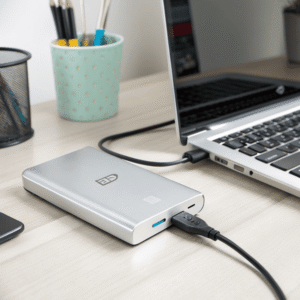

Internal and external hard drives both hold data, but their connections matter. An internal drive hooks right to the motherboard with SATA or NVMe, offering quick, direct access. External drives rely on USB ports, which are slower. The speed drop becomes more noticeable when moving large files or running programs directly from the external drive. I find internal drives a better choice for daily work and active projects in CAD, where every second counts. External drives are great for backups, file transfers, or extra storage on the go, but not for heavy, constant use. Here is a quick look at differences:
| Feature | Internal Drive | External Drive |
|---|---|---|
| Connection | SATA/NVMe direct | USB/Thunderbolt |
| Speed | Higher | Lower |
| Stability | Rarely disconnects | Can disconnect |
| Use Case | OS, apps, main storage | Backup, file transfer |
What is the downside of an external hard drive?
I have lost hours of work when an external drive was bumped and disconnected. These risks made me pay attention to where and how I use each drive.
External hard drives are more vulnerable to physical damage, disconnections, and data loss. They also have slower speeds and can be misplaced or stolen.
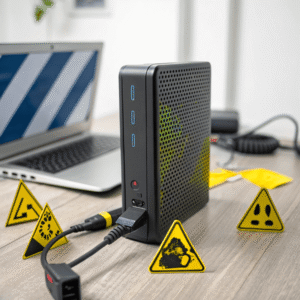
External hard drives are exposed to more danger. Because you handle them, move them, and connect them to different machines, they face shocks, drops, cable wear, and power loss. I once had a cable fail in the middle of aExternal hard drives are exposed to more danger. Because you handle them, move them, and connect them to different machines, they face shocks, drops, cable wear, and power loss. I once had a cable fail in the middle of a project backup[^1]
[^1]: This resource will provide you with strategies to effectively back up your projects and avoid data loss.
. Later, I found corrupted files and had to do everything from scratch. The slower speeds of USB connections can frustrate anyone moving large files or trying to run applications. Security can be a problem—an external drive is easy for someone to steal if left unattended. Internal drives, safe inside a PC or laptop, are insulated from these risks. Here’s how the downsides compare:
| Downside | External Drive | Internal Drive |
|---|---|---|
| Damage Risk | High | Low |
| Disconnection Risk | High (unplug/bump) | Rare |
| Speed | Limited by USB | Fastest possible |
| Security | Easy to lose/steal | Built into system |
| Reliability | Can corrupt easier | Stable, protected |
Are internal and external SSDs the same?
When SSDs became affordable, I thought about turning one of my internal drives into an external one to save money. But I learned there are important differences beyond just cables.
Internal and external SSDs use the same memory chips, but externals use extra hardware to convert signals and are usually slower because of USB bottlenecks.
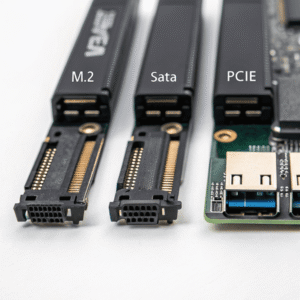
Internal SSDs mount directly inside your computer with SATA or NVMe slots, giving the fastest data speeds for things like CAD files, design applications, and large renderings. External SSDs rely on USB or Thunderbolt connections that almost always slow things down. They also pack extra chips—the USB-to-SATA or NVMe bridge—which can become a point of failure or slow down the whole drive. I have used internal SSDs for every active project and only tap my external SSDs for backup or traveling. If you need to edit large files, keep the SSD inside your system. For moving files between locations or quick offsite storage, an external SSD is a great companion. Here’s a comparison for clarity:
| Feature | Internal SSD | External SSD |
|---|---|---|
| Connection | SATA/NVMe (direct mount) | USB/Thunderbolt/adapter |
| Speed | Top speed, low latency | Slower, depends on port |
| Durability | Safe inside system | Exposed, portable |
| Use Case | Main design storage | Backup, travel, transfer |
| Cost | Lower | Higher (case/controller) |
Conclusion
Internal drives still win for speed and security. External drives help most with backups and file transfers. Know what you need, and use each drive wisely.

